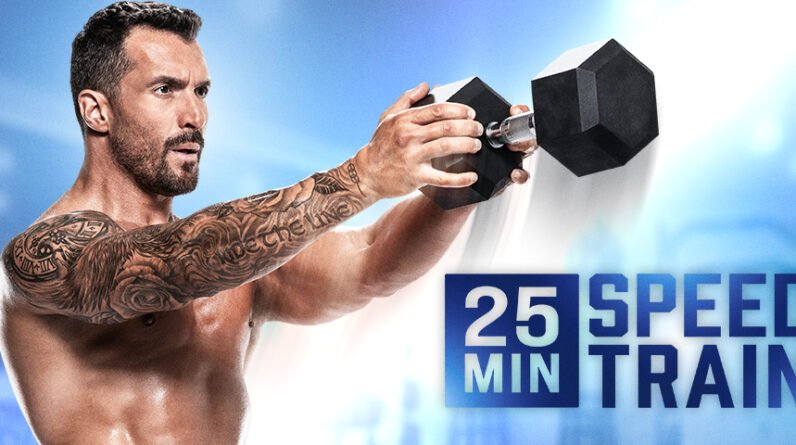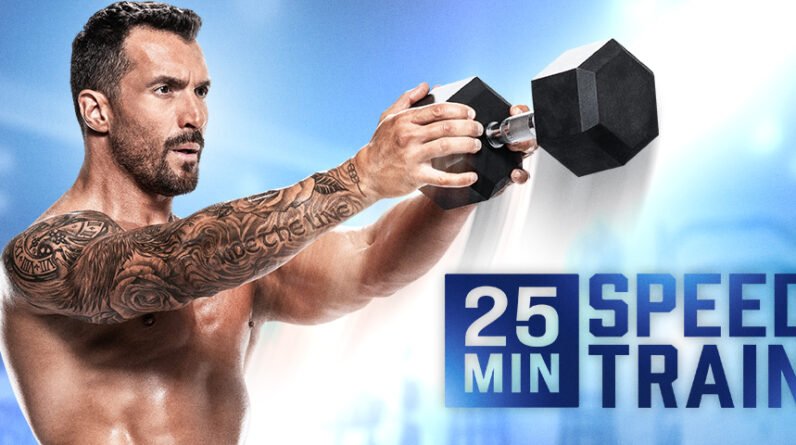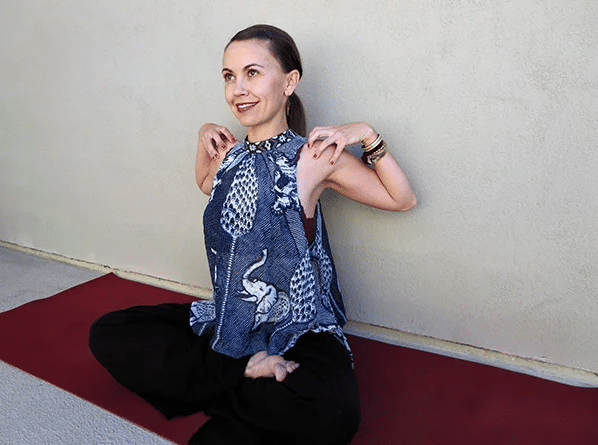
Flat feet, also known as fallen arches, are characterized by having little-to-no arch in the foot. It’s a condition that’s often hereditary or the result of injury, age, obesity, or pregnancy. And while flat feet may not always be a source of discomfort or a major disruption in your life, they can sometimes pose a challenge in getting an optimal workout.
Experts In This Article
- Lauren K Baker, Noom coach and trainer
- Matthew Morris, Matthew Morris is certified personal trainer and programming manager at Burn Boot Camp.
- TJ Mentus, TJ Mentus is a CPT and member of the expert review panel at Garage Gym Reviews.
That’s right—it’s not all in your head. And no, your endurance isn’t kaput. According to TJ Mentus, a certified personal trainer and member of the expert review panel at Garage Gym Reviews, some exercises and HIIT workouts can be a lot more strenuous for those of us with flat feet.
“Flat feet can be uncomfortable in general,” says Mentus. “Extended periods of standing, running, jumping, etc. tend to be more fatiguing for those with flat feet.”
Part of the reason for this is likely due to something called overpronation. This is a common condition that happens when your foot rolls too far inward as you walk or run. The ankle collapses downward and overly flattens out when it should be lifting up. As a result, the extra motion puts a lot of stress on your foot and tendons—especially your Achilles tendon, which connects your heel to the calf.
And because your entire musculoskeletal system is connected, what affects one part of the body can affect another part. So flat feet also can cause issues with your hips, back, and knees. For instance, overpronation causes your knees to slightly rotate inward, creating more tension and stress in your joints over time.
But don’t be alarmed: Having flat feet doesn’t mean you have to cut back on your workouts. You just might need to modify them sometimes.
“While performing some exercises, especially of vigorous intensity, can be challenging, there are not any exercises that a person with flat feet should avoid,” says Noom coach and trainer Lauren K Baker. Rather than bailing on a workout, she encourages people with flat feet to pay attention to how their body feels, resting as needed, alternating between seated and standing exercises, and staying aware of their feet and the surrounding musculature.
What to keep in mind when exercising with flat feet
1. Cut back on heavy lifting
According to Matthew Morris, a certified personal trainer and programming manager at Burn Boot Camp, it’s best to stay away from intense strength training movements that put pressure or strain on the lower back, hips, and knees if you’re experiencing any discomfort or pain. For example, you want to avoid heavy squatting (aka lifting large weights as you squat). Squatting is naturally taxing on the body, and any extra weight you add puts more pressure on your joints. Heavy hip hinges like deadlifts or rack pulls can also be too much to handle.
“It’s not so much about putting strain on the feet,” Morris says. “It’s more about how having flat feet alters the biomechanics of your hips and your knees and your lower back, and then that can increase the risk of pain and injury in those areas. And so, for example, while I wouldn’t say that a squat is dangerous if you have flat feet, the risk of irritating your hips, knees, and lower back is higher.”
Modification: Use lighter weights
If you have flat feet, it’s better to build strength in your feet first and then increase how much weight you’re lifting. “I would have somebody start with lighter weights,” says Morris. “And then as their foot situation improves, then they can work into heavier strength training.”
2. Try isolation movements
Morris suggests targeting one specific muscle group at a time instead of doing compound exercises that work multiple muscles at once. This can be an effective way to avoid straining your back, knees, and hips. Examples of these exercises include hamstring curls, glute raises, and leg extensions. These are essentially “less work for the body” and “lower back–friendly,” says Morris.
3. Focus on non-weight bearing activities
As a general rule for anyone experiencing pain, it’s best to stick to non-weight- and low-weight-bearing activities such as swimming, cycling (outdoor or indoor), or rowing, says Baker. “As an individual becomes more confident in their ability, experiencing reduced pain and increased strength, they can incorporate a walking program into their exercise routine.” The main thing she stresses? Build up slowly—in intensity, duration, and frequency—to keep your body healthy from the feet on up.
Oh hi! You look like someone who loves free workouts, discounts for cutting-edge wellness brands, and exclusive Well+Good content. Sign up for Well+, our online community of wellness insiders, and unlock your rewards instantly.







